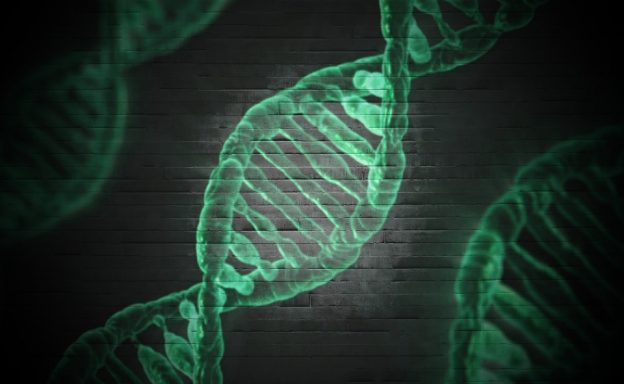Harmful effects of parasitism include reduction of host reproductive abilities and increased host mortality. Whereas the former effect is commonly caused by sexually transmitted infections, increased mortality is typically due to other infection types. The initial models of the evolution of sterility virulence predicted development of fully sterilizing parasites, that is, infertility of the infected hosts. However, empirical observations agree with this prediction only partially. Therefore, the current effort is to reveal and understand mechanisms that prevent evolution of full sterilization and allow for evolution of only partial sterilization. This question I address also in my research. The actual study of this topic is the following one:

